SyncWorks Key Features
"SyncWorks" offers a comprehensive set of modules and functions covering all aspects
of manufacturing operations. Each module serves a specific purpose, and together
they create synergy to build an optimized production environment.

Our Feature
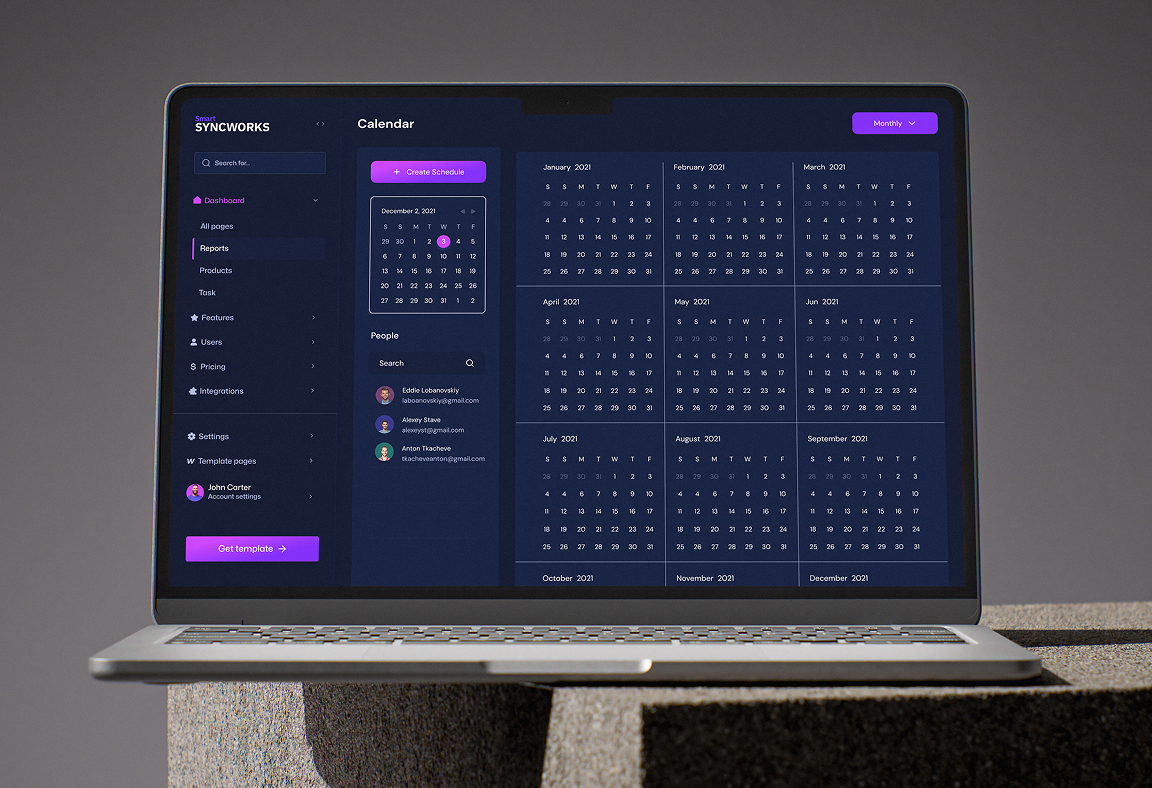
Production Planning & Scheduling
Uses demand forecasting to create optimal plans, automate work orders, and improve delivery performance.
Schedule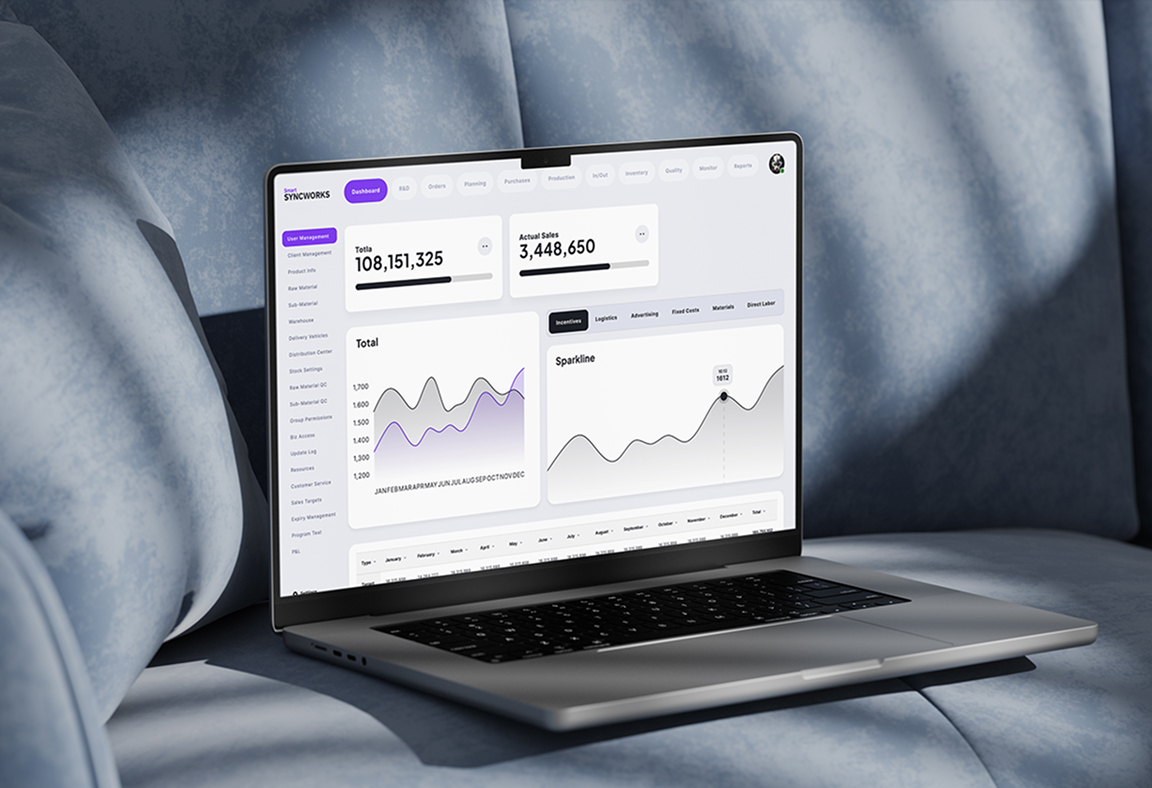
Production Monitoring
Provides real-time dashboards for output, utilization, and defect rates, with anomaly alerts and remote monitoring.
Monitoring
Quality Management
Controls inspection standards, identifies defect causes, and auto-generates quality reports.
QC(Quality Control)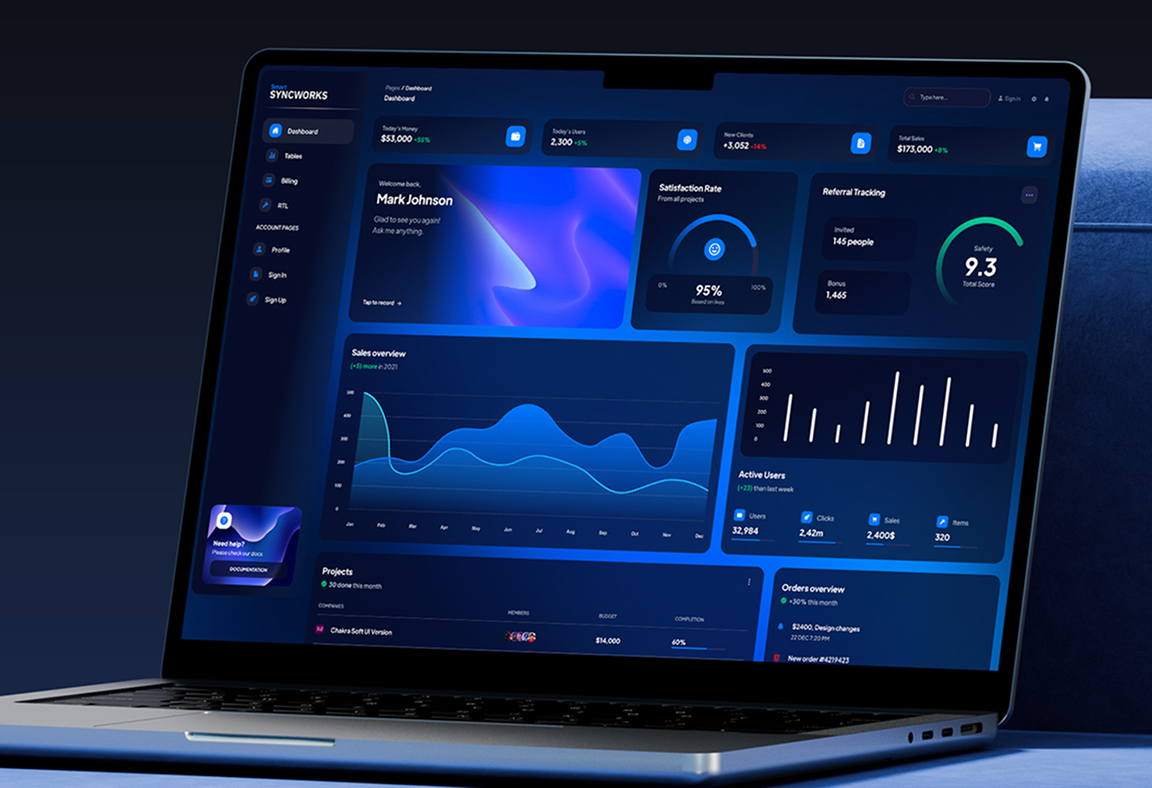
Equipment Management
Supports preventive maintenance, predicts failures, and analyzes OEE (Overall Equipment Effectiveness).
Equipment Management
Material Management
Monitors inventory in real time, manages material flows, and enables LOT traceability.
Materials Control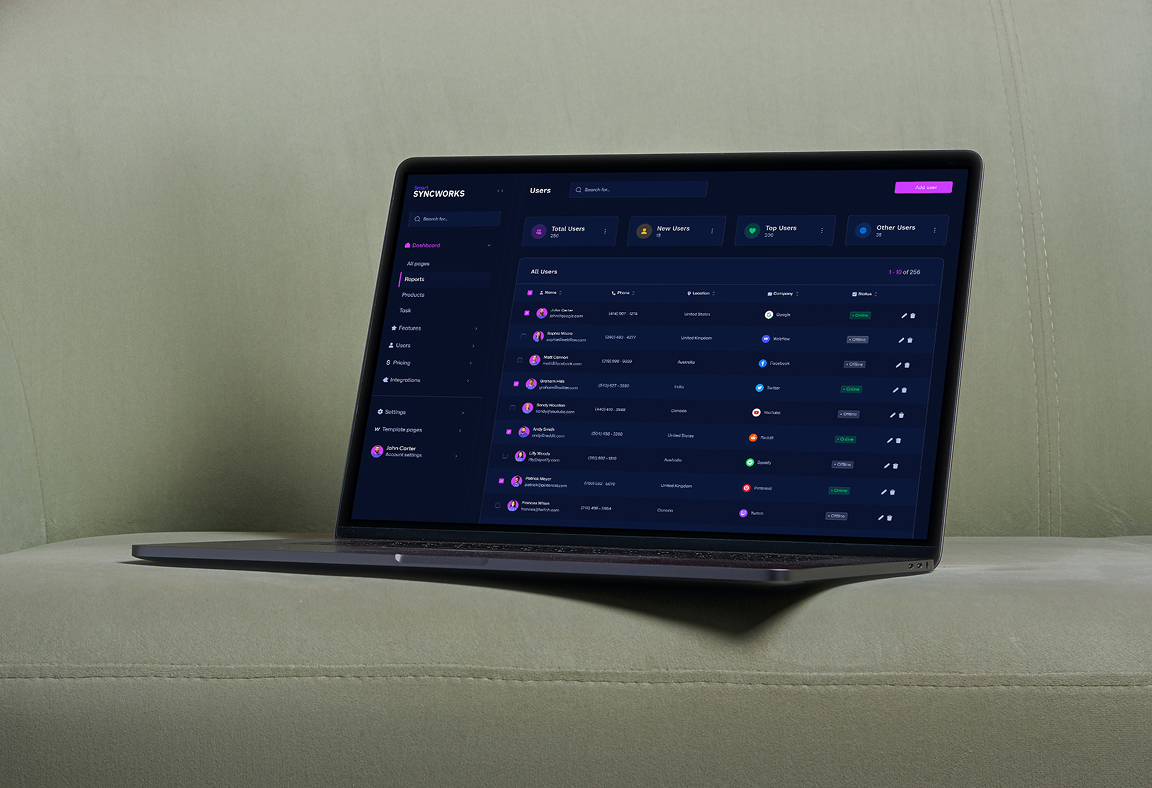
Production Traceability
Keeps detailed product histories, tracks processes from raw materials to finished goods, and enables fast recall response.
Manufacturing TraceabilitySyncWorks Menu Structure
"SyncWorks" is based on a standardized basic information management framework and consists of 12 menu groups. With its flexible modular design,
it can be optimized for any manufacturing industry, providing an intuitive and convenient interface tailored to each company.

SyncWorks Interface Preview

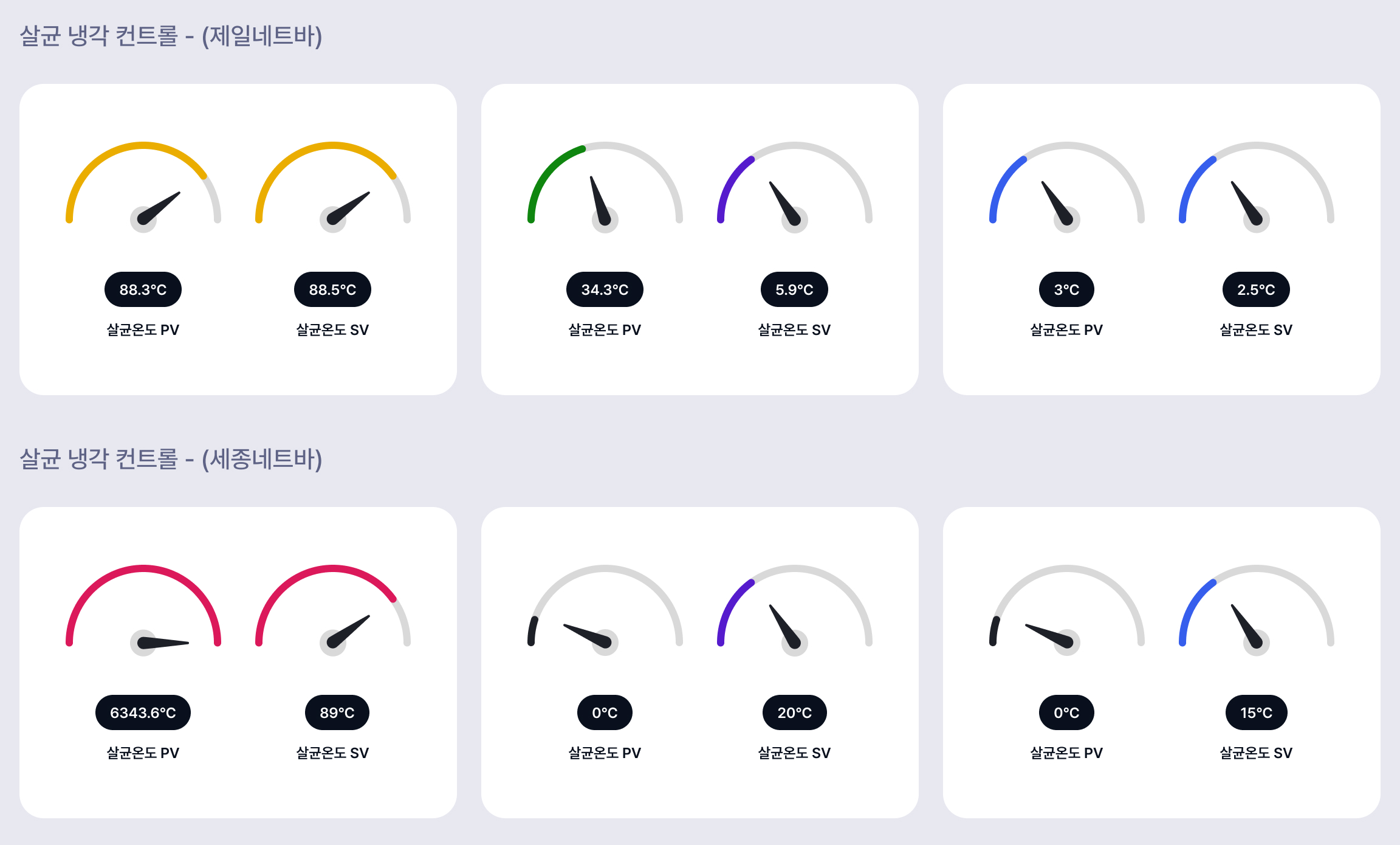
SyncWorks Applied Technologies
"SyncWorks" is built on a robust, scalable, and easily integrable technology foundation.
Its system architecture emphasizes cloud-native design and modularity.